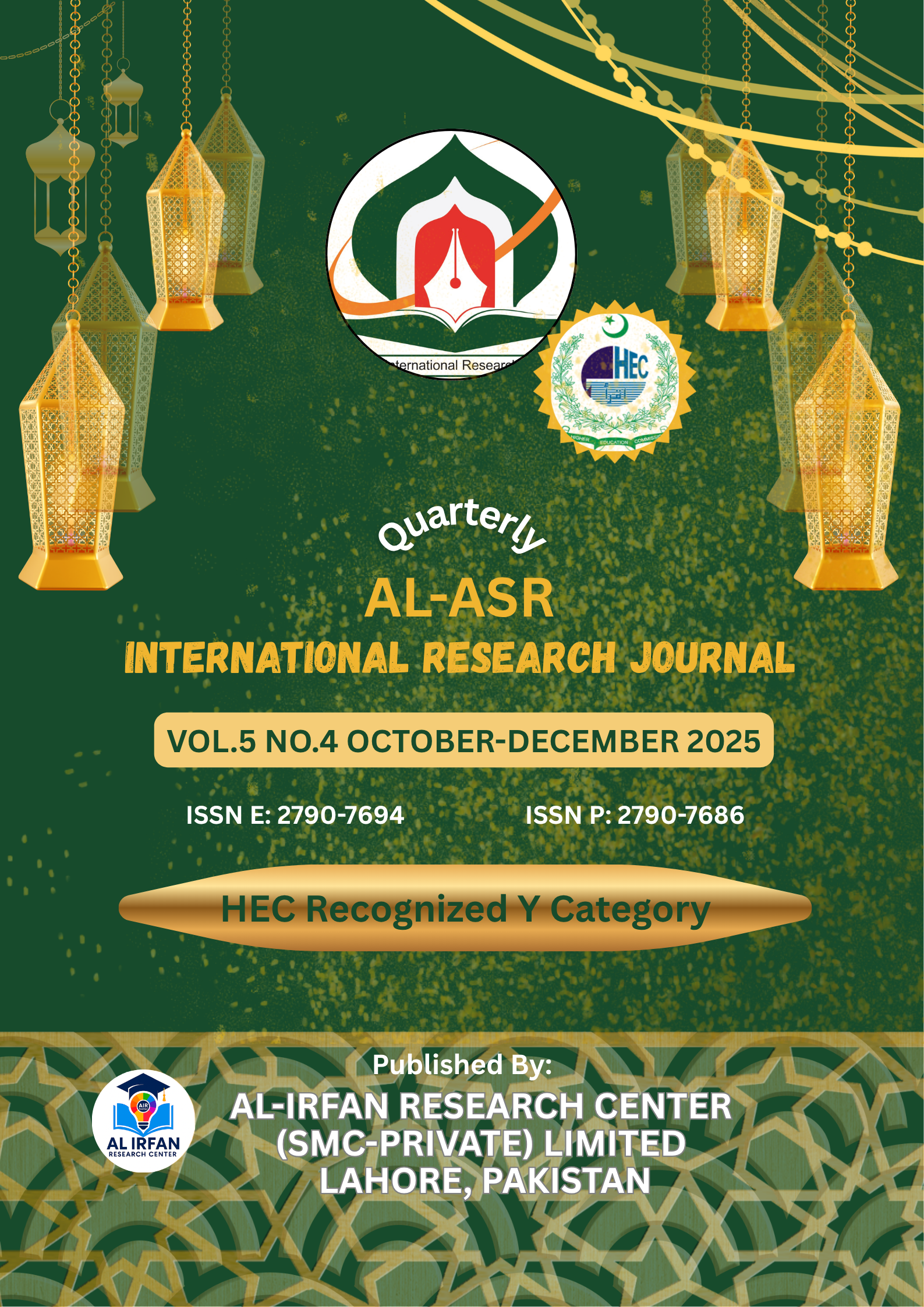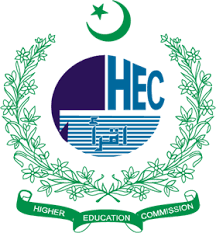The Causes and Harmful Consequences of Fake News and Its Prevention in the Light of the Quran and Sunnah
جعلی خبروں کی وجوہات، مہلک اثرات اور قرآن وسنت کی روشنی میں ان کا سدباب
Keywords:
Fake News, Society, Deadly Effects, Ethical Codes, PreventionAbstract
For the survival of humanity, any society makes two types of rules. One is legal rules and the other is moral rules. The study of different societies shows that in any society, legal rules cannot completely prevent people from committing crimes. This is because while making legal rules, it is also kept in mind that no one should be punished based on false accusations. The complete elimination of crimes and the social well-being of any society depend on moral rules. Therefore, wherever law is important for any society, moral rules are equally important. Sometimes moral rules are more important than legal rules. These rules are determined by the society itself, in which parents, teachers, rulers, scholars and educational institutions play a fundamental role. Moral rules are weakened when the spread of fake news becomes common. Fake news not only affects the peace and order of the country, but also damages personal reputations and incorrect information is provided in the academic world. These ethical codes are found in the Quran and Sunnah, which include the teaching of verifying news and prohibiting the publication of hearsay. This article explains the reasons for the spread of fake news, its deadly effects, and how to prevent it in the light of the Quran and Sunnah.









